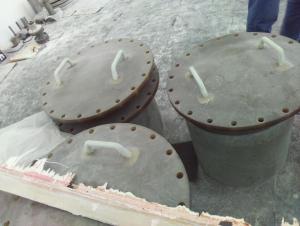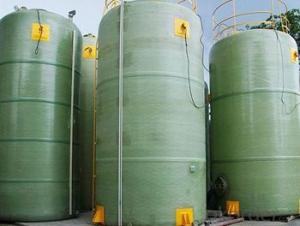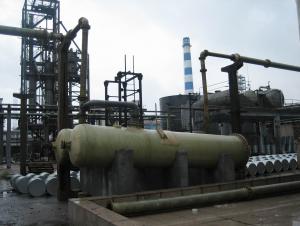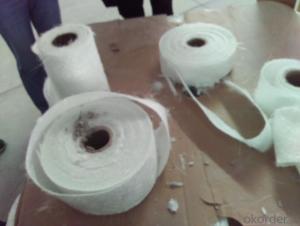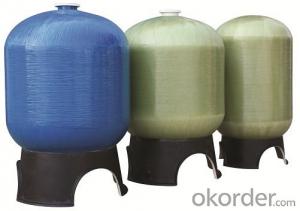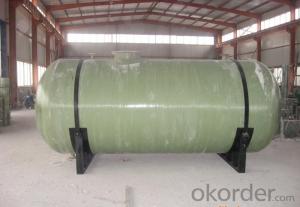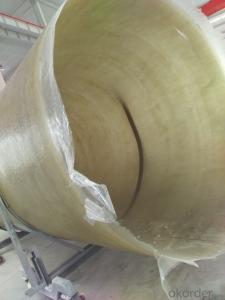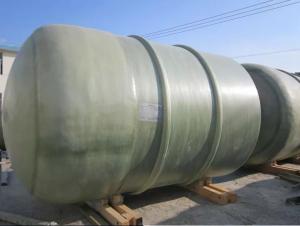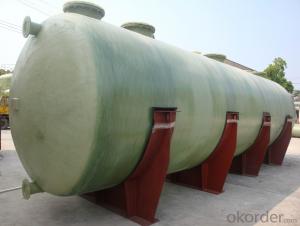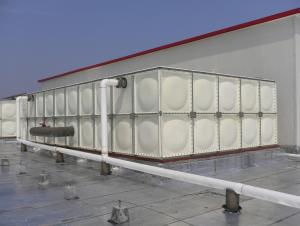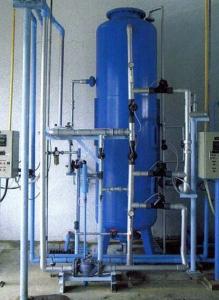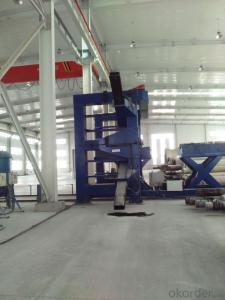All Categories
- - Steel Wire Rod
- - Steel Coils
- - Steel Profiles
- - Steel Pipes
- - Stainless Steel
- - Tinplate
- - Special Steel
- - Steel Sheets
- - Steel Rebars
- - Steel Strips
- - Hot Rolled Steel
- - Cold Rolled Steel
- - Pre-painted Steel
- - Seamless Steel Pipe
- - Welded Steel Pipe
- - Hollow Steel Tubes
- - Galvanized Pipe
- - Stainless Steel Coil
- - Stainless Steel Sheet
- - Stainless Steel Plate
- - Stainless Steel Strips
- - Electrolytic Tinplate Coil
- - Electrolytic Tinplate Sheet
- - Stainless Steel Rebars
- - Solar Panels
- - Solar Water Heater
- - Solar Related Products
- - Solar Inverter
- - Solar Cells
- - Solar Light
- - Solar Energy Systems
- - Solar Controllers
- - Solar Mounting System
- - Solar Pump
- - Solar Chargers
- - Fiberglass Chopped Strand
- - Fiberglass Mesh Cloth
- - Composite Pipes
- - FRP Pultrusion Profiles
- - Fiberglass Mat Tissue
- - Fiberglass Fabrics
- - Fiberglass Mesh
- - Composite Tank
- - Fiberglass Mesh tape
- - Polymer
- - FRP Roofing Panel
- - Fiberglass Roving
- - Monolithic Refractories
- - Ceramic Fiber Products
- - Refractory Bricks
- - Raw Materials For Refractory
- - Suspended Platform
- - Cranes
- - Concrete Machinery
- - Earthmoving Machinery
- - Building Hoist
- - Road Building Machinery
- - Plastic Pipe Fittings
- - Plastic Tubes
- - Plastic Sheets
- - Agricultural Plastic Products
- - Plastic Nets
 All Categories
All Categories
Q & A
Are there any notable developments in composite tank technology for the automotive sector?
Yes, there have been notable developments in composite tank technology for the automotive sector. Composite materials like carbon fiber reinforced polymers (CFRP) are being increasingly used to replace traditional metal tanks in vehicles. These composite tanks offer several advantages such as reduced weight, improved fuel efficiency, and increased safety due to their high strength-to-weight ratio and resistance to corrosion. Additionally, advancements in manufacturing techniques, such as automated layup and filament winding, have allowed for the production of complex shapes and seamless tanks, further enhancing their performance.
What is the role of material selection in composite tank design?
The role of material selection in composite tank design is crucial as it directly impacts the tank's performance, durability, and overall functionality. The selection of appropriate materials determines the tank's strength, weight, resistance to corrosion, and ability to withstand various environmental conditions. Choosing the right materials also ensures that the tank meets specific requirements such as pressure and temperature limits, chemical compatibility, and regulatory standards. Therefore, material selection plays a vital role in optimizing the design and performance of composite tanks.
Are composite tanks more durable than metal tanks?
Composite tanks are generally more durable than metal tanks due to their high strength-to-weight ratio, resistance to corrosion, and ability to withstand extreme temperatures and pressure.
How are composite tanks tested for leakage?
Composite tanks are tested for leakage using various methods such as visual inspection, pressure testing, and acoustic emission testing. Visual inspection involves closely examining the tank's exterior and interior surfaces for any signs of cracks, leaks, or damage. Pressure testing involves pressurizing the tank with a gas or liquid and monitoring for any pressure drops, which would indicate a leak. Acoustic emission testing utilizes sensitive sensors to detect any high-frequency sound waves emitted by the tank due to stress or leakage. These methods ensure that composite tanks meet safety standards and are free from any leakage risks.
Wholesale Composite Tank from supplier in Finland
Whether you are looking to explore the natural wonders of Finland, establish business partnerships, or simply enjoy the Finnish way of life, there is something for everyone in this beautiful country.
At our company, we understand the importance of providing high-quality products and services that meet the unique needs of our customers in Finland. Our Composite Tanks are designed to be durable, reliable, and efficient, making them ideal for a wide range of applications. From industrial storage to water treatment, our tanks are built to withstand the harshest conditions and deliver exceptional performance.
In addition to our extensive product range, we also offer comprehensive sales, quotations, and technical support services. Our team of experts is ready to assist you at every step of the procurement process, ensuring that you receive the right products at the right time.
As a subsidiary of CNBM, a Fortune Global 500 company, we have the resources and expertise to provide you with a convenient one-stop solution for all your Composite Tank procurement needs in Finland. With our strong presence in the Finnish market, we have developed valuable relationships with local suppliers and partners, allowing us to offer competitive prices and reliable delivery.
So whether you are in need of Composite Tanks for your industrial project or looking to explore the business opportunities in Finland, we are here to help. Contact us today to learn more about our products and services and how we can assist you in achieving your goals in Finland.
At our company, we understand the importance of providing high-quality products and services that meet the unique needs of our customers in Finland. Our Composite Tanks are designed to be durable, reliable, and efficient, making them ideal for a wide range of applications. From industrial storage to water treatment, our tanks are built to withstand the harshest conditions and deliver exceptional performance.
In addition to our extensive product range, we also offer comprehensive sales, quotations, and technical support services. Our team of experts is ready to assist you at every step of the procurement process, ensuring that you receive the right products at the right time.
As a subsidiary of CNBM, a Fortune Global 500 company, we have the resources and expertise to provide you with a convenient one-stop solution for all your Composite Tank procurement needs in Finland. With our strong presence in the Finnish market, we have developed valuable relationships with local suppliers and partners, allowing us to offer competitive prices and reliable delivery.
So whether you are in need of Composite Tanks for your industrial project or looking to explore the business opportunities in Finland, we are here to help. Contact us today to learn more about our products and services and how we can assist you in achieving your goals in Finland.



